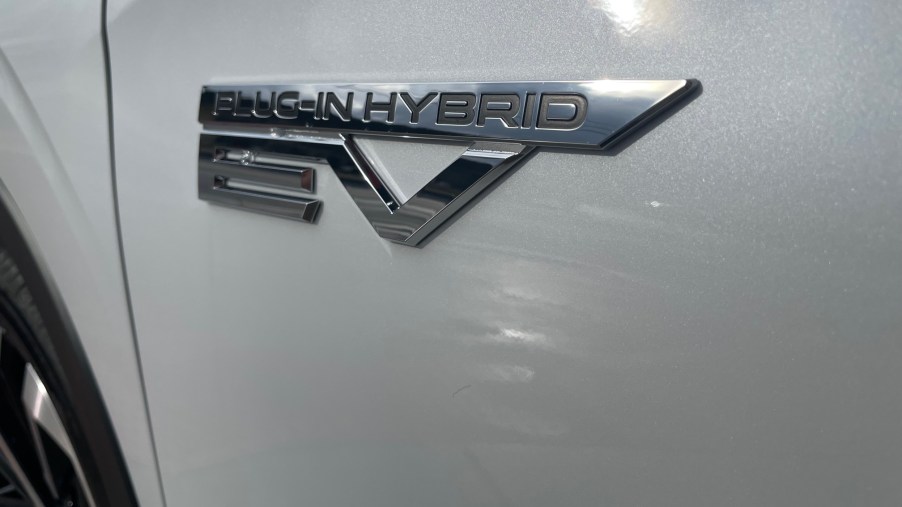
How Long Does the Mitsubishi Outlander PHEV Battery Last? It Depends.
Plug-in hybrids seem to appeal to those of us who like tech, the early adopters, those of us who look forward to reading about the coolest new products from CES every year. It seems like Mitsubishi is aiming to capture that market with its new 2023 Mitsubishi Outlander PHEV. Sure, it’s not the first PHEV, or even the first Outlander PHEV, but it is the most advanced one yet. It’s packed with tech that, until now, was either hard to find or expensive.
The new Mitsubishi Outlander PHEV is not just a hybrid
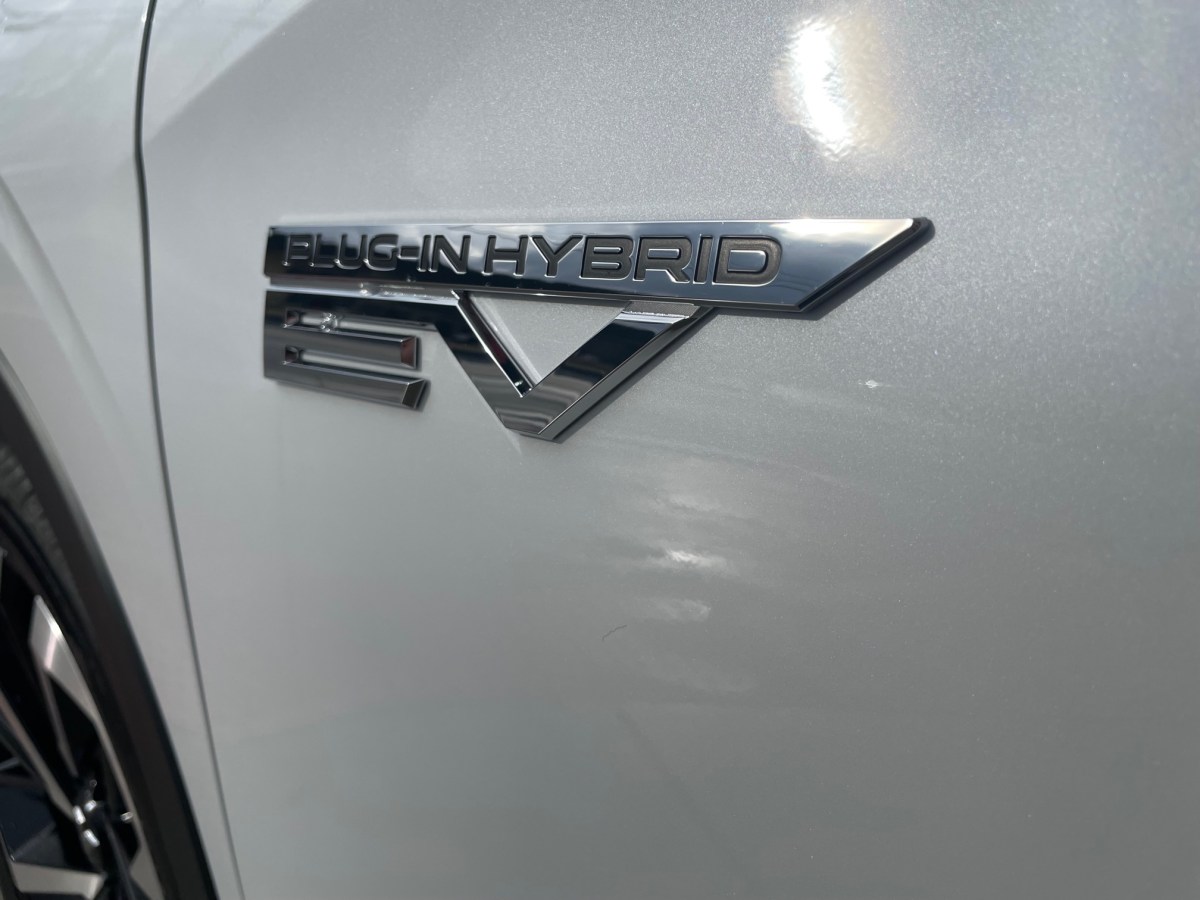
The new 2023 Mitsubishi Outlander PHEV SUV is packed with new tech. It has to be. Since it’s a PHEV, it’s based on newer technology that lets it operate like in a few different ways: a series hybrid, a parallel hybrid, or both at once. It’s rare in that, like a diesel-electric train, the gas motor in the Outlander is also a generator. The original Chevy Volt used a similar idea. So, while it has 38 miles of EV only range, that range number can go up or down as you drive it.
In a series hybrid, only the electric motor provides the juice. In a parallel, both the electric and gas motors provide power. The Outlander is generally a series, then at speed, the gas motor boots it. The big trick, though, was that Mitsu made it drive like a regular gas SUV. Its controls are smooth and linear; if you weren’t told it was running on electric power, you might not even notice. That’s a huge feat because other PHEVs have been dinged for having abrupt on/off throttles.
Super All Wheel Control returns
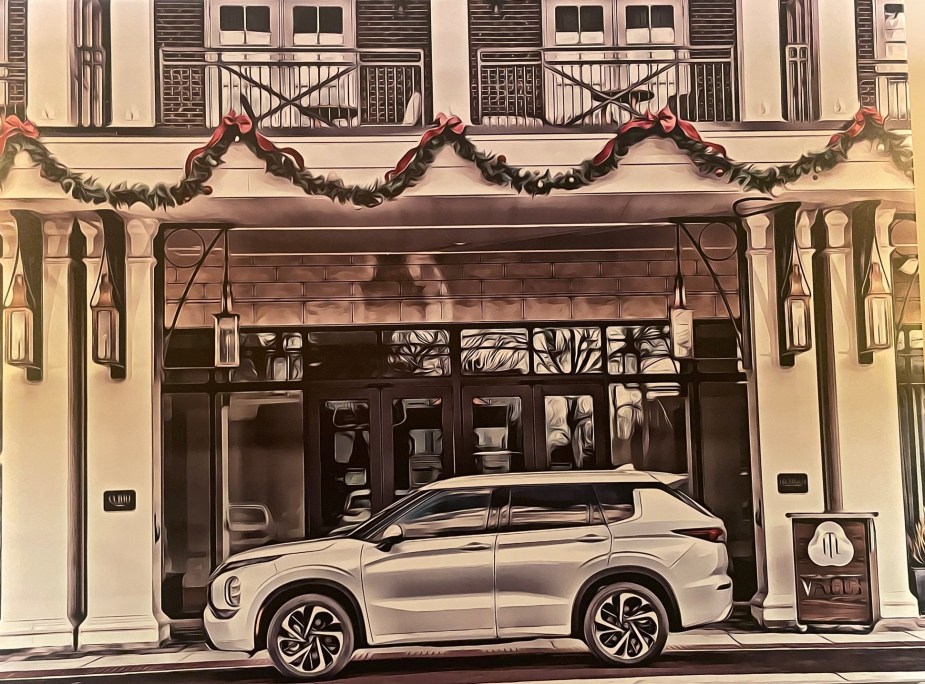
Mitsu also made sure to toss in a call-back or two to its fondly remembered Evolution X sports sedan and added a version of that car’s Super All-Wheel Control to the new Outlander PHEV standard.
Mitsubishi doesn’t call its all-wheel drive system simply all-wheel drive. The PHEV has a sophisticated system that, much like the company’s famous Lancer Evolutions cars, can proportion torque from front to rear and side to side. In the old Evo X, the system was controlled by Mitsubishi’s active differential and was able to split the power 50:50, front to rear. But in the new Outlander PHEV, Mitsubishi programmed the electric motors in the same way, and by the same engineer.
The difference today is that the Outlander finds traction via sensors, not a multi-plate clutch under the car.
Mode selection makes a difference
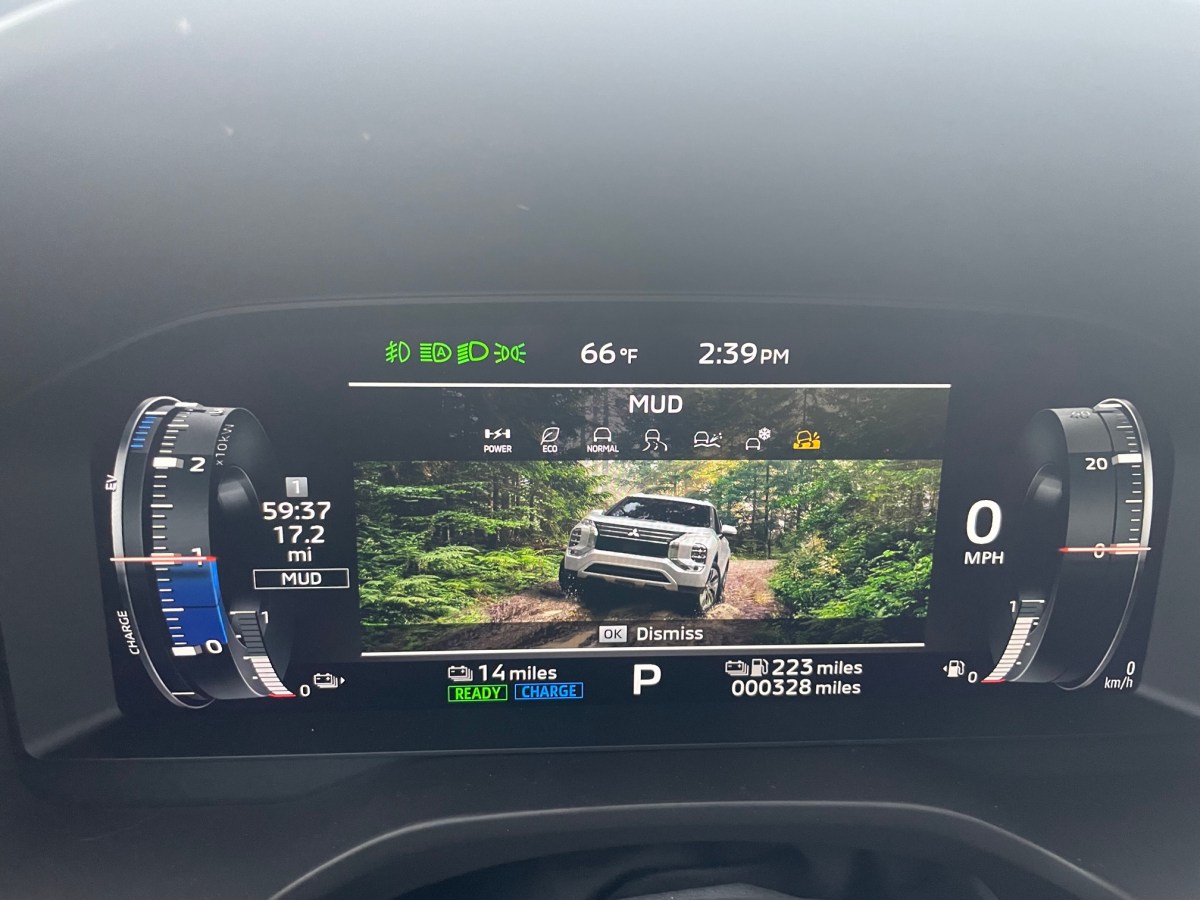
It has seven modes for driving conditions, such as power, tarmac for dry roads, and snow, mud, and eco. When you click the center knob to each selection in most cars, you have just to trust that it’s changing something. On a recent drive of the Outlander PHEV in Tennessee, we experienced the differences on the track and in the mud, where different modes certainly made it feel different.
But, according to Mitsubishi engineering fellow Kaoru Sawase (who designed the Evo X’s system), the Outlander’s all-wheel drive is always on. Other systems, like the Toyota RAV4 Prime’s, only switch on when the computer senses a tire losing grip. Though other systems can turn on nearly instantaneously, with the Mitsu’s system on all the time, it can route more power more often.
Interestingly, in the Outlander PHEV more power is sent to the rear wheels. Most other SUVs in this class are front-wheel drive biased, pulling rather than pushing the SUV.
It only has a one-speed transmission
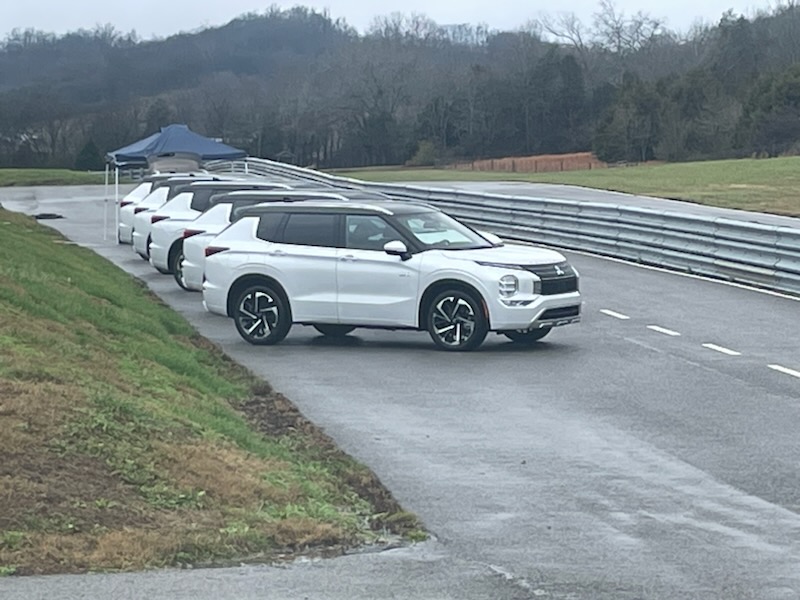
The Outlander PHEV doesn’t exactly have a transmission. Instead, it works like a diesel train. It’s a series hybrid in that it uses the gas motor to provide electricity directly to power the electric motors. Except when it’s not. Occasionally, the one-speed transmission will connect, and the Outlander can then work as a parallell hybrid, with the gas engine powering the wheels along with the electric booster. Generally, that only happens at highway cruising speeds.
It has three motors, a generator (the 2.5-liter gas engine) an 85 kW front motor and a 110 kW rear motor. Yes, the rear has more power, with a rear-wheel-drive bias. There are multiple modes for getting that power to the batteries and then for getting that power to the ground.
The interior has some high-tech features, too
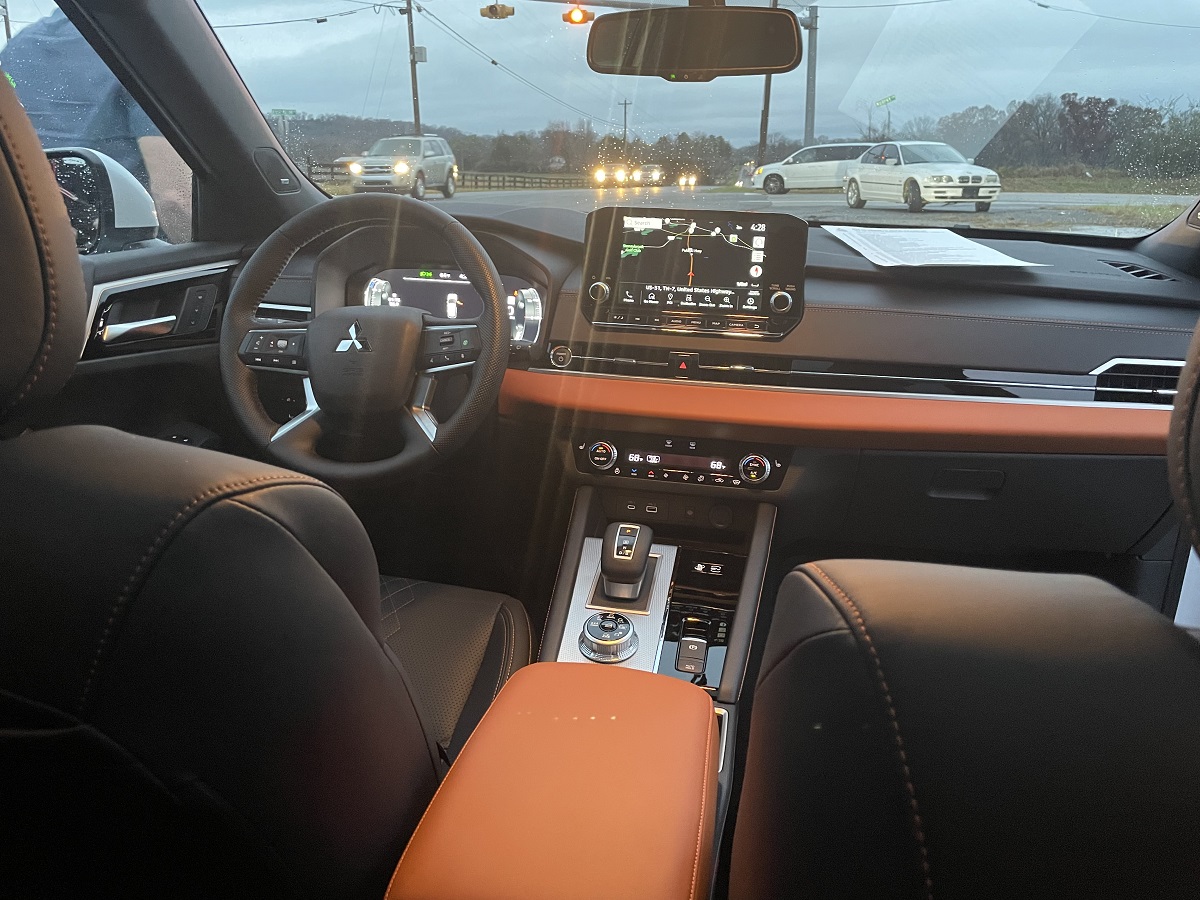
And, of course, inside it has several of the tech features that most of us expect in a modern SUV, such as a large touchscreen, heated and massaging seats, and a configurable digital instrument cluster. Compared to the internal combustion engine, or gas-powered, Outlander that came out last year, the PHEV has just a few different options. For now, the seats are different in that you cannot order the massaging seats in the gas version. The fancy, configurable digital gauge cluster that’s necessary in the PHEV is an option on the gas-powered version.
The last version of the Outlander PHEV was a sales success for Mitsubishi. The new one certainly has the tech to make it a contender in 2023.


